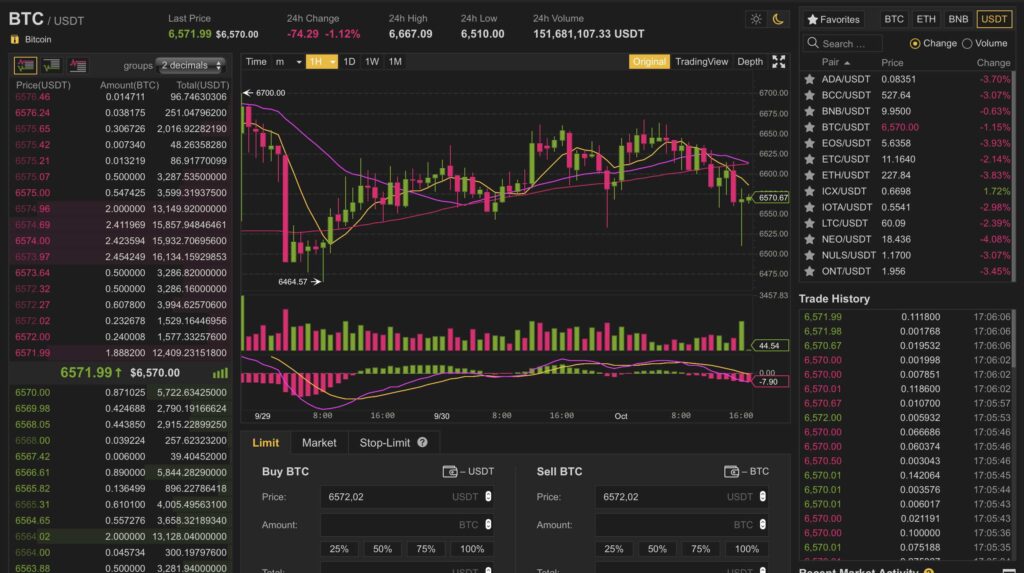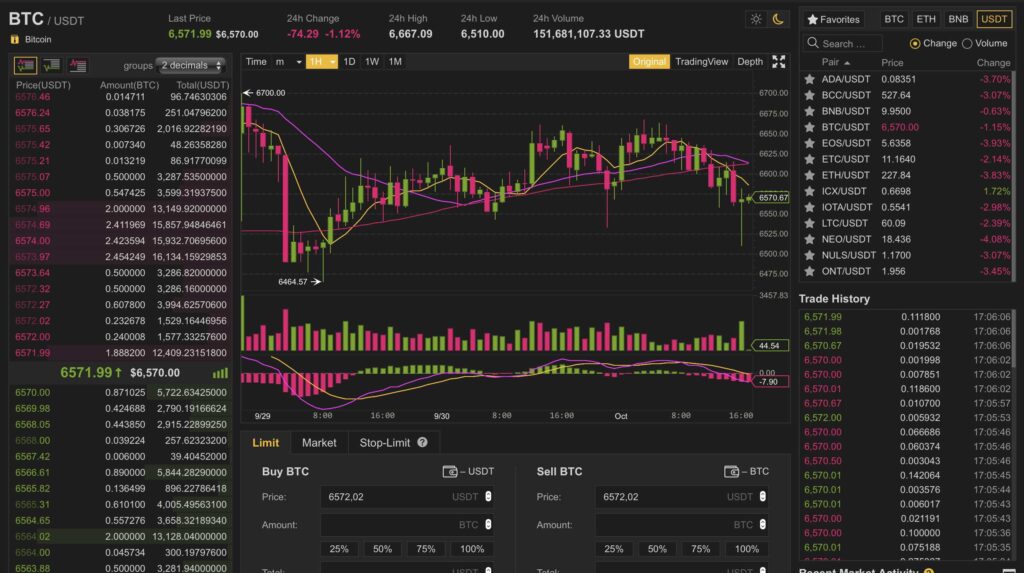With almost $300 billion in total market cap, cryptocurrencies are big business. While many focused on ICOs and their meteoric rise to fame for the simply way of raising millions, it is also a huge opportunity for those that focus on secondary trading of the newly (or not so recently) launched cryptocurrency coins.
The organisations that concentrate on this part of the industry are cryptocurrency exchanges like this cryptocurrency ira, i.e. platforms that bring individual or professional traders together and enable them to buy and sell cryptocoins. The number of coins listed differs significantly from exchange to exchange and while most start with the major cryptocurrencies like Bitcoin and Ether, others focus on coins less often traded but with a significant market share in a coin.
It all depends on the business model and strategy of the exchange but currently there are more than 200 (the exact number is hard to define) for the almost 2,000 cryptocurrencies that are out there. If you want to do a ranking you could do this by launch date, reputation, security, number of transaction in a specific period or amount of trading in a fiat currency (like US$) or a cryptocurrency like Bitcoin.
Either way producing a ranking of cryptocurrency exchanges isn’t as straightforward as it may sound. While you can compare the numbers of different exchange information providers to get an idea of where the official numbers are, the accuracy of these numbers is a different story. For instance, several new exchanges that have been launched fairly recently have managed to generate large trading volumes to surpass major exchanges, which has raised doubts about the correctness of these numbers. To get a bigger picture the team from CryptoExchangeRanks (CER), a rating service provider of crypto exchanges, looked into the numbers and compared the numbers available on Coin Market Cap and Crypto Compare Data as well as website traffic and social media scores to conduct an analysis that concluded that the newcomer that was compared two incumbents must have inflated its numbers using wash trades. As a reminder, a wash trades is a sale or purchase of a qualifying investment where there is no change in beneficial interest or market risk, or where the transfer of beneficial interest or market risk is only between parties acting in concert or collusion, other than for legitimate reasons. It’s a concept that has been around in financial markets for a long time, often to create the false impression of volume or liquidity in a title, so it’s not surprising that it is used by fraudsters in the brave new world of cryptocurrencies, too. Hence why it is all the more important that the Crypto industry fixes Conflicts of Interest and Insider Trading. If there had been any doubt about this, the recent report by the Attorney General of the State of New York has underscored that the industry shows a significant lack of transparency.

Bearing these considerations in mind, we simply want to present you an overview of the 10 biggest or most important crypto exchanges simply for the purpose to give you an idea and introduce you to the players in the industry. This doesn’t mean that these exchanges aren’t surpassed in volume (which can easily happen on any given day for a number of reasons) by another exchange or pushed aside by a newcomer since it is still a relatively young sector with plenty of fluctuation.
We have decided to include the 9 exchanges with the highest 30 day volume since 24 hours numbers that are more often used simply differ too much both on a daily basis and the data provider as can be seen from the table where the numbers from the 3 providers that we have used – CoinMarketCap (CMC), CoinGecko and CryptoCoinCharts (CCC) – differ for every single exchange. The tenth addition is Kraken, an exchange whose importance cannot be ignored (as can be seen by its CCC ranking based on 24h volume) and which is one of the oldest cryptocoin exchanges still around.
Here you go
